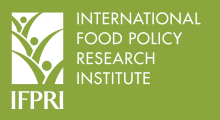Resource information
This chapter focuses on the management of agricultural land by smallholder households in the highlands of Kenya. It draws mainly from several recent studies from the central highland areas near to the south and west of Mt. Kenya and the western highland areas to the north and west of Kisumu, which were led by the authors. The chapter also draws from a set of studies under the KAMPAP project.1 See the appendix for a description of the key papers used in this synthesis. The main purpose of this synthesis is to understand constraints and opportunities for improving agricultural productivity in a sustained manner. The comparison between the central and western highlands offers considerable insights because one area consists of relatively dynamic and productive agricultural systems (central), and the other is relatively stagnant and unproductive (western).


